A car speeds up in a circular path. Which of the following figures illustrates the acceleration of the car?
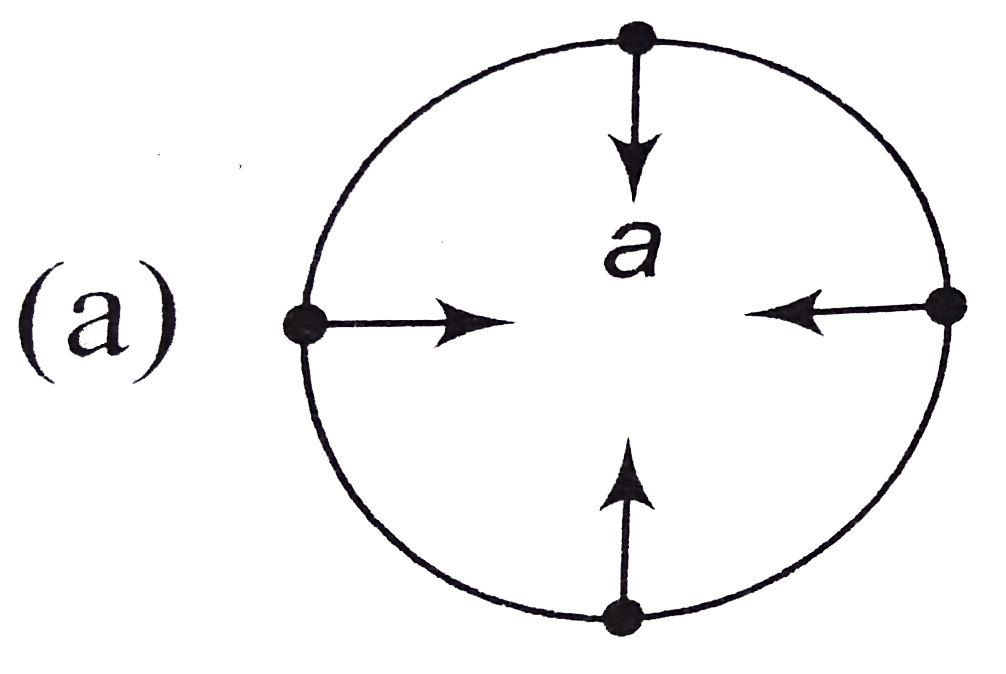

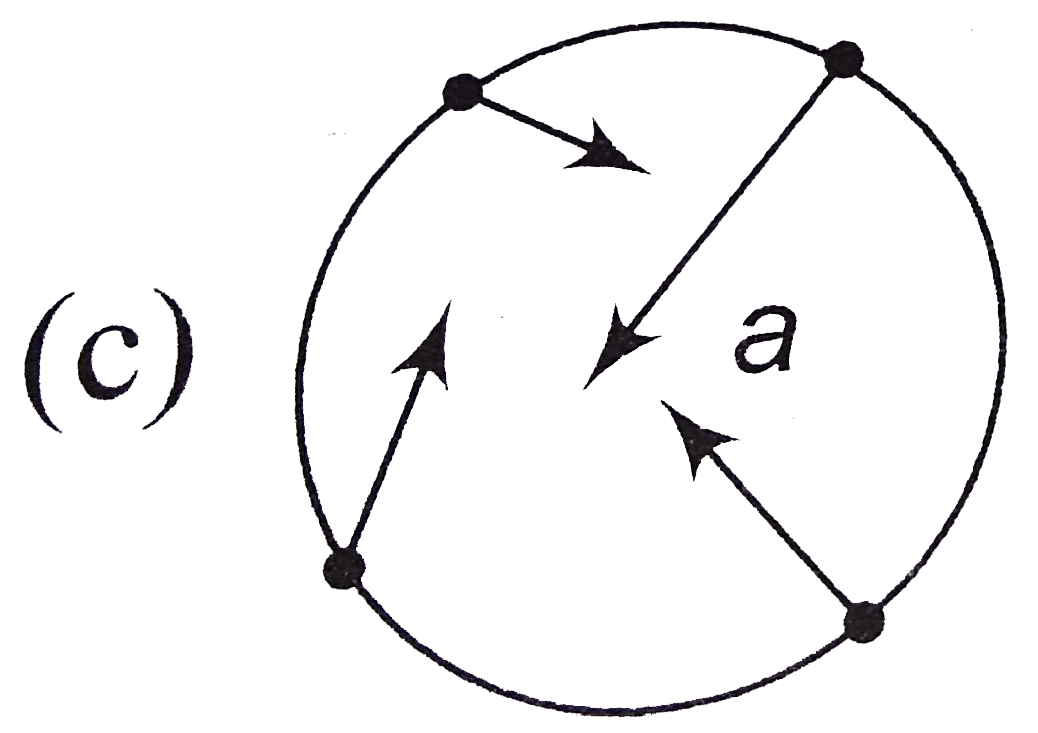
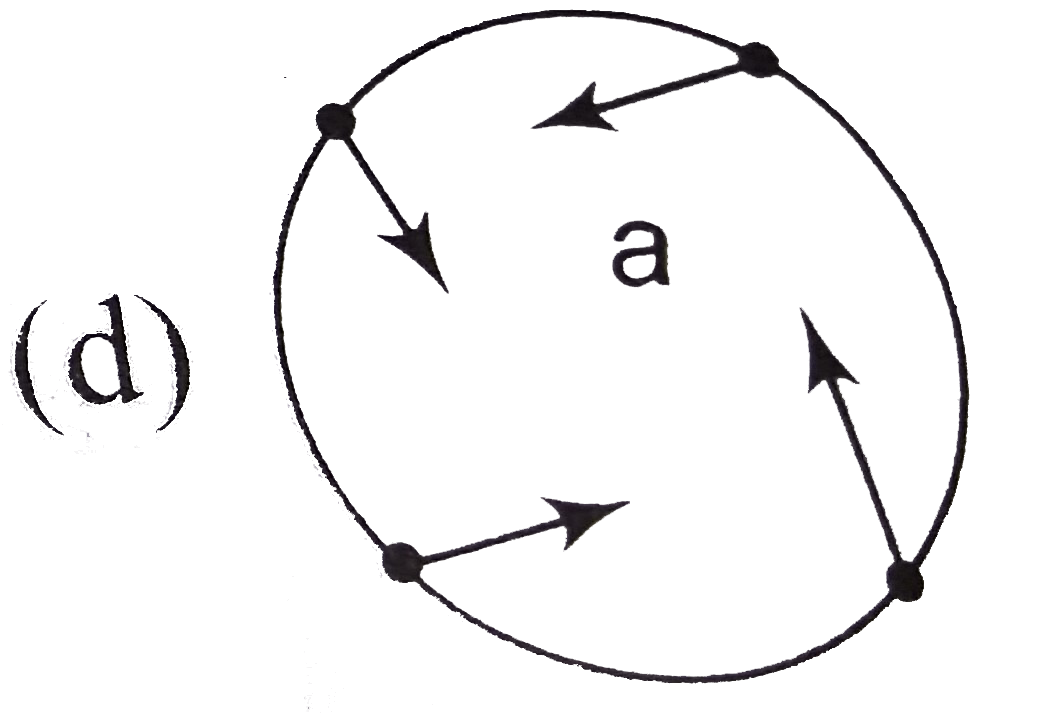
The correct Answer is:b
To solve the problem of determining which figure illustrates the acceleration of a car speeding up in a circular path, we can follow these steps:
1. Understand the Motion: The car is moving in a circular path and is speeding up. This means that the car has two components of acceleration: centripetal acceleration (which is directed towards the center of the circular path) and tangential acceleration (which is in the direction of the velocity and indicates an increase in speed).
2. Identify the Components of Acceleration:
- Centripetal Acceleration (AC): This is given by the formula AC=V2R, where V is the speed of the car and R is the radius of the circular path. This acceleration always points towards the center of the circle.
- Tangential Acceleration (AT): This is responsible for the change in the speed of the car and is directed along the path of motion (in the direction of the velocity).
3. Resultant Acceleration: The total acceleration of the car is the vector sum of the centripetal and tangential accelerations. Since these two accelerations are perpendicular to each other, we can use the Pythagorean theorem to find the magnitude of the resultant acceleration:
A=√AC2+AT2
The direction of the resultant acceleration will be at an angle to the radius of the circular path, between the centripetal and tangential accelerations.
4. Analyze the Options:
- Option A: Shows only centripetal acceleration. This is incorrect because it does not account for the tangential acceleration due to the increase in speed.
- Option B: Illustrates the resultant acceleration increasing in magnitude and changing direction as the car speeds up. This is consistent with the behavior of the car as it accelerates in a circular path.
- Option C: Incorrectly shows acceleration directed towards the center, which is not possible when the speed is increasing.
- Option D: Suggests that the lengths of both accelerations are equal, which contradicts the fact that the tangential acceleration must increase as the car speeds up.
5. Conclusion: Based on the analysis, the correct option that illustrates the acceleration of the car speeding up in a circular path is Option B.
- Centripetal Acceleration (AC): This is given by the formula AC=V2R, where V is the speed of the car and R is the radius of the circular path. This acceleration always points towards the center of the circle.
- Tangential Acceleration (AT): This is responsible for the change in the speed of the car and is directed along the path of motion (in the direction of the velocity).
A=√AC2+AT2
The direction of the resultant acceleration will be at an angle to the radius of the circular path, between the centripetal and tangential accelerations.
- Option A: Shows only centripetal acceleration. This is incorrect because it does not account for the tangential acceleration due to the increase in speed.
- Option B: Illustrates the resultant acceleration increasing in magnitude and changing direction as the car speeds up. This is consistent with the behavior of the car as it accelerates in a circular path.
- Option C: Incorrectly shows acceleration directed towards the center, which is not possible when the speed is increasing.
- Option D: Suggests that the lengths of both accelerations are equal, which contradicts the fact that the tangential acceleration must increase as the car speeds up.
Topper's Solved these Questions
- BOOK - A2ZCHAPTER - MOTION IN TWO DIMENSIONEXERCISE - Problems Based On Mixed Concepts35videos
MOTION IN TWO DIMENSION
- BOOK - A2ZCHAPTER - MOTION IN TWO DIMENSIONEXERCISE - Assertion Reasoning11videos
MOTION IN TWO DIMENSION
- BOOK - A2ZCHAPTER - MOTION IN TWO DIMENSIONEXERCISE - Relative Velocity In Two Dimensions23videos
MOTION IN TWO DIMENSION
- BOOK - A2ZCHAPTER - MOCK TESTEXERCISE - Motion With Constant Acceleration15videos
MOCK TEST
- BOOK - A2ZCHAPTER - NEWTONS LAWS OF MOTIONEXERCISE - Chapter Test30videos
NEWTONS LAWS OF MOTION
Similar Questions
A car starts rest, on a horizontal circular road of radius R, the tangential acceleration of the car is a. The friction coefficient between the road and the tyre is μ Find the speed at which car will skid and also find the distance after travelling it skids.
View SolutionA car initially travelling eastwards turns noth by travelling in a quarter circular path of radius R metres at uniform speed as shown in figure. The car completes the turn in T second.
(a) What is the acceleration of the car when it is at B located at an angle of 37∘. Express your a swers in terms of unit vectors ˆi and ˆj.
(b) The magnitude of car's average acceleration during T second period.
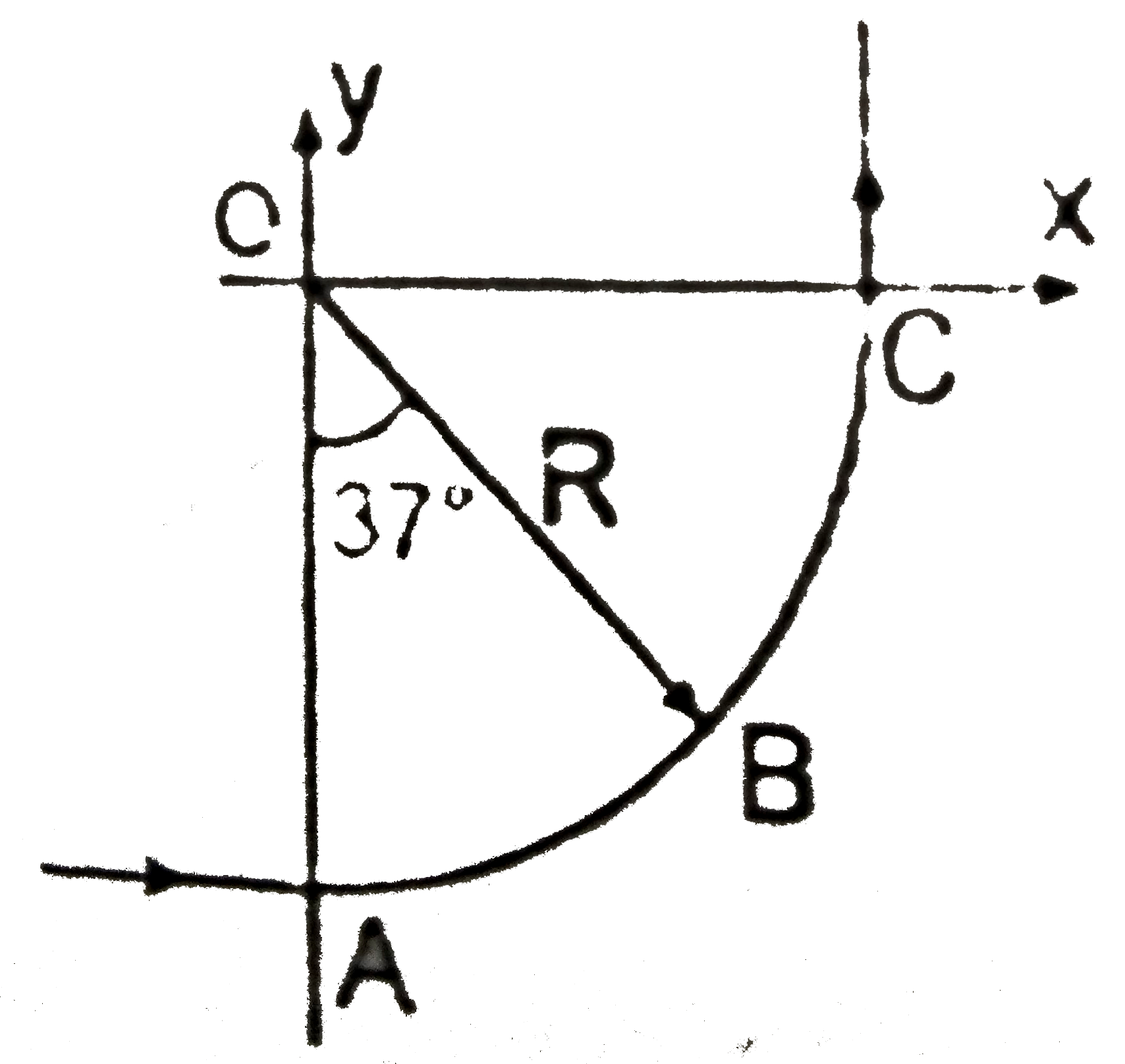 View Solution
View Solution
Knowledge Check
- Question 1 - Select One
A car speeds up with constant magnitude of tangential acceleration in a circular path moving in anticlockwise direction which of the following figure represents acceleration of the car
A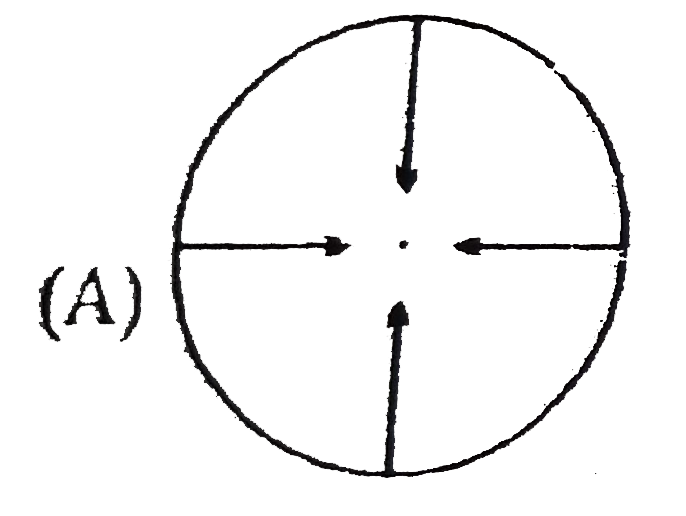 B
B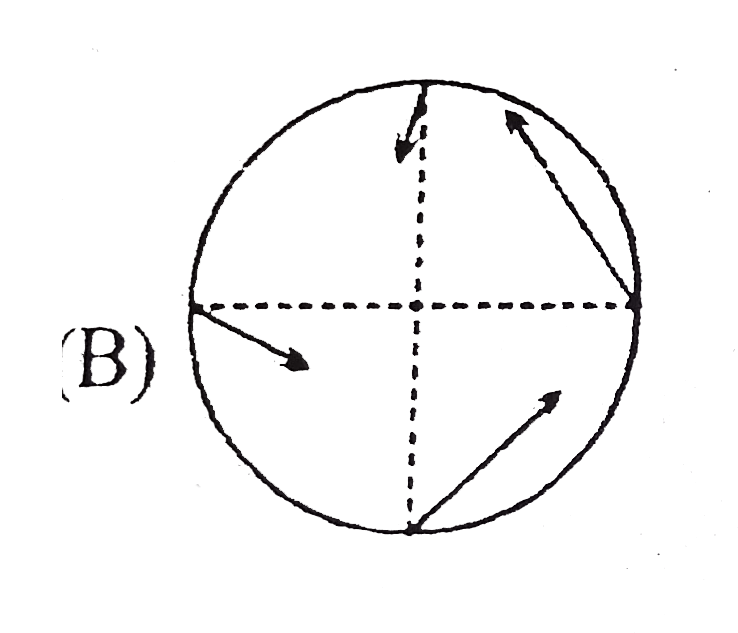 C
C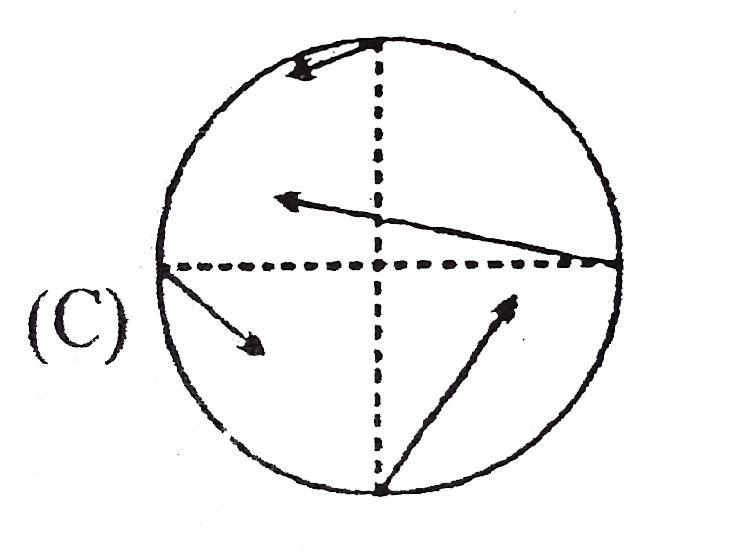 D
D
- Question 2 - Select One
A car is travelling with liner velcoity v on a circular road of radius R. If its speed is increasing at the rate of a ms−1 , then the net acceleration will be.
Av2R+aBv2R−aC√(v2R)2+a2D√(v2R)2−a2 - Question 3 - Select One or More
A car is moving rectilinearly on a horizontal path with acceleration a0.A person sitting inside the car observes that an insect S is crawling up the screen with an acceleration a.If θ is the inclination of the wind screen with the horizontal, then the acceleration of the insect.
Aperpendicular to screen is a0tanθBperpendicular to screen is a0sinθCalong the horizontal is a0−acosθDparallel to screen is a+a0cosθ
A car undergoes a uniform circular motion. The acceleration of the car is
View SolutionA car is moving up the plane. Angle of inclination is θ and coeffcient of friction is μ
(a)What is the condition in which car can be acceleration?
If this condition is satisfied then find (b) maximum acceleration of the car.
(c) maximum retardation of the car.
(d) maximum retardation of the car.View SolutionWhich of the following is true for a Car running at a constant acceleration on a uniform straight road?
View SolutionWhich of the following is true for a Car running at a constant acceleration on a uniform straight road?
View SolutionThe variation in the speed of a car during its two hour journey is shown in the graph of the figure-1.106. The magnitude of the maximum acceleration of the car occupies an interval of:
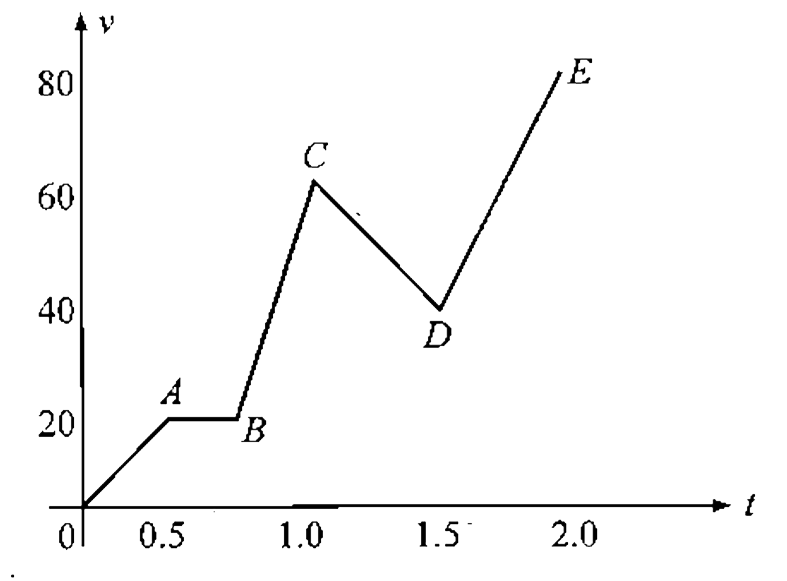 View Solution
View Solution

